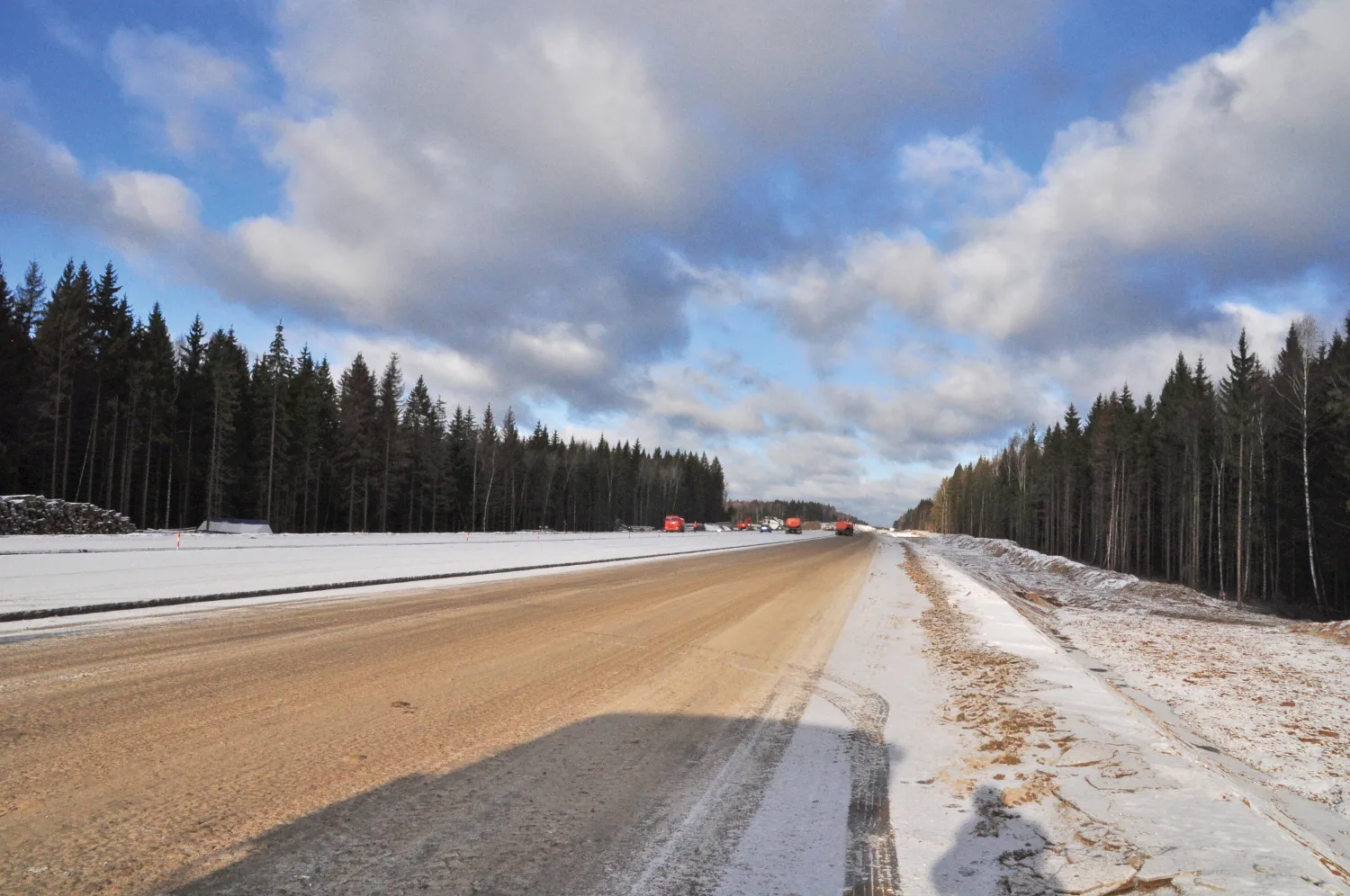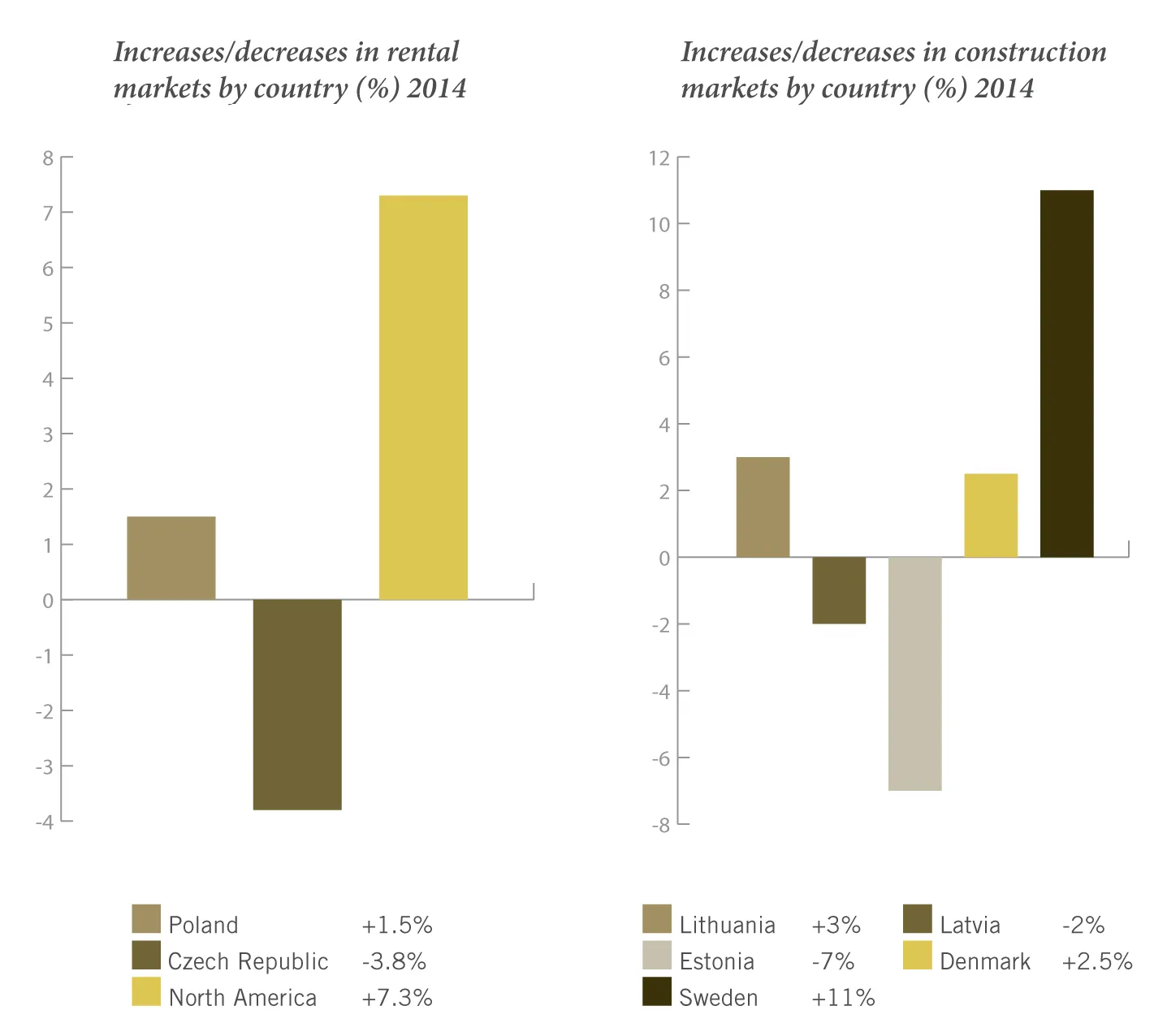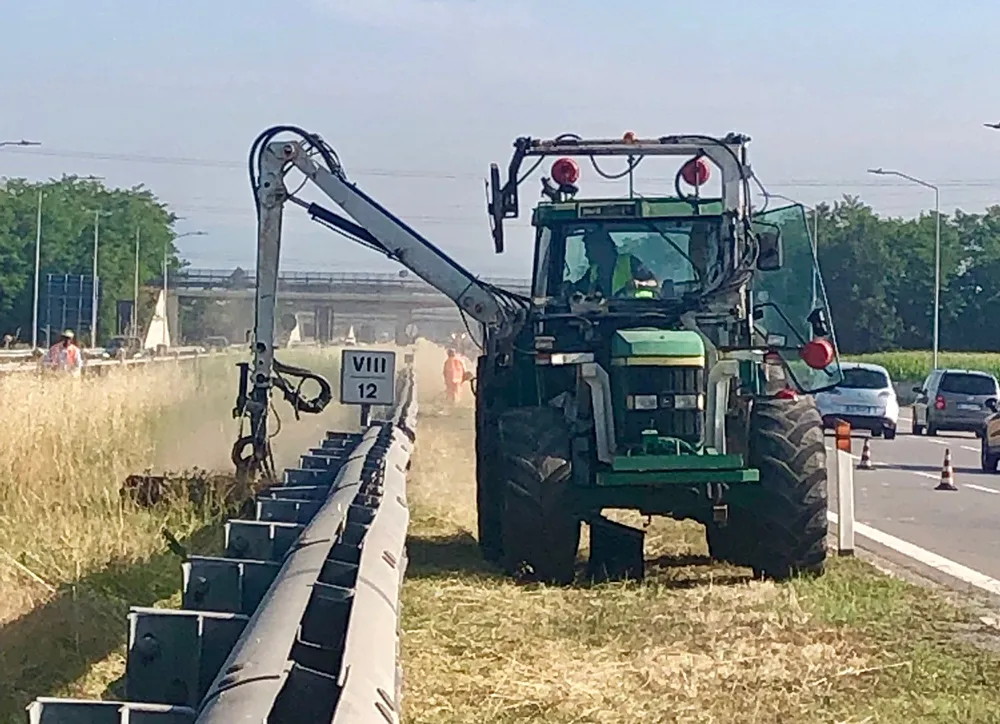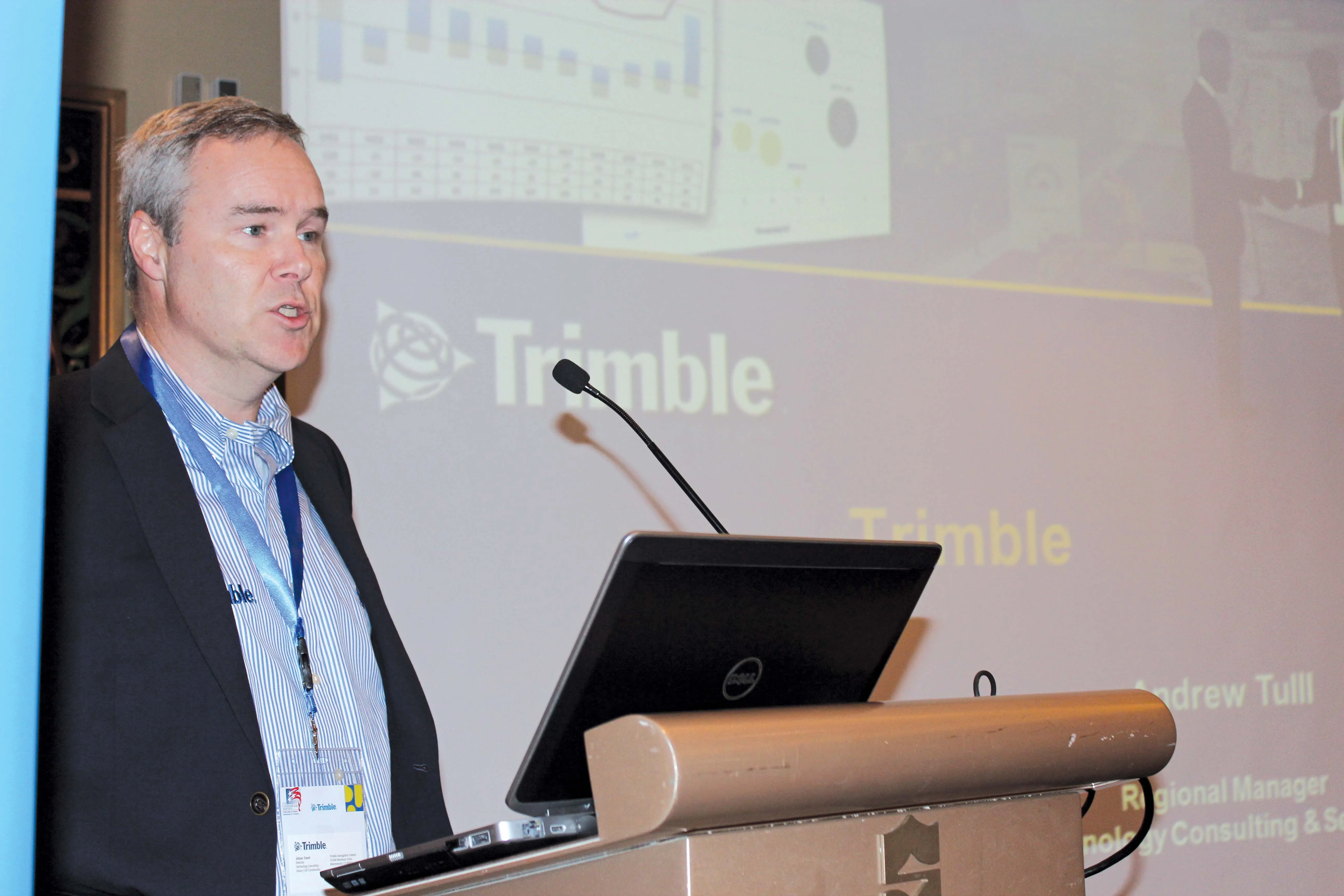The Russian government is considering revising standards and technologies of roadbuilding in the country, writes Eugene Gerden. The aim is to accelerate implementation of one of the major public projects in the transport industry of Russia in the coming years: expansion of the road network from the current 900,000km to 1.3 million km by 2030 as part of the current Russian State Transport Strategy. According to a recent study, conducted by analysts of the Presidential Head Control Directorate, maintaining th
May 29, 2013
Read time: 5 mins

The Russian government is considering revising standards and technologies of roadbuilding in the country, writes Eugene Gerden
The aim is to accelerate implementation of one of the major public projects in the transport industry of Russia in the coming years: expansion of the road network from the current 900,000km to 1.3 million km by 2030 as part of the current Russian State Transport Strategy.According to a recent study, conducted by analysts of the Presidential Head Control Directorate, maintaining the current pace of roadbuilding will take 150 years for the construction of 400,000km of new roads.
In this regard, the government is planning to review the standards and technologies of roadbuilding, making them compatible with international standards, which should help cut costs on roadbuilding and speed up the construction works.
According to the report, in recent years the volume of state funding for roadbuilding in Russia has doubled but this has not resulted in a significant improvement of the situation.
During the period of 2010-2012 more than 2.5 trillion rubles (US$79.9 billion), which is equivalent to over 4.5% of the country’s consolidated budget, were invested in roadbuilding.
At the same time the government is unhappy with the existing scheme of funding and recording of roadbuilding and modernisation, considering it inefficient.
According to the Presidential Directorate, this is reflected by the fact that of 900,000km of roads of different categories, the information for about 400,000km of roads is incomplete and inefficient, which prevents keeping them under proper control.
At present the annual rate of commissioning of roads in Russia is estimated at not more than 2,500km.
In this regard, the Presidential Directorate has already called on the government to implement a number of measures to improve the situation. Among the proposals is the improvement of the scheme of calculating the financial cost of roadbuilding, repair and maintenance, as well as to review the effectiveness evaluation system of implemented projects.
According to analysts, currently there are no proper cost records for the entire period of road service, which is one of the key criterions of roadbuilding in Western countries.
With the current methods in Russia, the cost of roadbuilding (all other things being equal) can differ by more than double, even in the case of practically similar road sections.
In addition, current design standards and technological solutions were developed over 25 years ago, which means the need for more frequent asphalt repair in Russia: estimated at every 12 years compared to 18 years in Canada and the US.
Currently the majority of roads in Russia are built in accordance with the standards of the 1960s, being designed for trucks with the maximum mass of 5tonnes. In this regard, the lifetime of Russian roads remains small.
According to state plans, there is also a need to review the methods of selection of road routes. Currently there are no clear criteria for this, which has resulted in an increase of project costs by almost one-third.
At the same time, the current system of reservation of land for roads is also inefficient, due to frequent cases of buy-out of land at over-inflated prices.
One way to accelerate roadbuilding in Russia and to save on costs is to build them not as wide as at present.
According to the report of the Presidential Directorate, the current width of a road lane in Russia is currently 3.75m compared to 3.6m in Germany and 2.5m in the United States.
Excessive width leads to an increase in costs of 12%. In addition, this is also associated with the overestimated parameters of exploitation.
The government also has plans to adopt a single expenditure scale for the modernisation and building of roads in different regions of the country. Currently the cost of roadbuilding may vary greatly, depending on the region.
The situation is also aggravated by the lack of control in expenditure for roadbuilding from the federal and regional governments, which is said to have resulted in the level of corruption in this field being one of the highest among all the industrial sectors in Russia.
Russian analysts believe that implementation of all of the announced plans will only be possible by means of of an increase in the overall funding of roadbuilding in Russia.
According to Konstantin Trofimenko, a leading researcher at the Russian Center of Transportation Policy, the current volume of funding for roadbuilding in Russia is less than 1% of the country’s GDP, compared to 3% in China.
At the same time, according to Trofimenko, there is no need to build so many roads, as the density of population in Russia varies greatly.
Practically the same opinion is shared by the analysts of the Russian Association of Road Builders. According to the organisation, revising the standards and technologies for roadbuilding in the country can reduce the cost of building by 15%-20%. However, implementation of the above-mentioned ambitious goals for the building of 400,000km of new roads will be associated with the need to significantly increase funding.
The Russian government is aware of this need but is currently experiencing a lack of free funds.
According to some sources close to the Russian Ministry of Transport, there is a possibility that additional funds for the construction of roads in Russia may be allocated through the increase of fuel excise duty and imposition of additional charges for car owners for parking.
The government also has plans to create conditions to increase private investments in the industry, which so far has been low.









